Marvel Heroes could've been the game Marvel's Avengers wishes it was
In 2019, Avengers: Endgame became the highest-grossing movie of all time. After that, you might have thought an Avengers videogame would be a licence to print money—an idea Square Enix proved wrong with Marvel's Avengers, a game that had yet to earn back its development cost more than two months after release.
While the singleplayer campaign of Marvel's Avengers was modestly well-received, the live-service multiplayer experience attached to it was not. Many complaints focused on its endgame, which I would say is ironic given the name of the movie, except that after years of people arguing about irony on the internet I no longer have any confidence I know what the word means.
Marvel's Avengers' difficulties have made me think back to Marvel Heroes, the superhero action-RPG MMO that was shut down three years ago. Both games relied on a loot-driven multiplayer loop where you could be the Hulk if you wanted, and both games struggled. The untimely end of Marvel Heroes now seems like foreshadowing, like a sign that fighting Taskmaster again and again—to maybe earn a slightly better belt—isn't what people want from superhero games.
But that's unfair to Marvel Heroes, which after a rough launch managed to redeem itself in a way I'm not sure Marvel's Avengers can.
Developer Gazillion was run by David Brevik at the time, a co-founder of Blizzard North with the first two Diablo games on his resumé. Expectations were high. But Marvel Heroes released with some classic MMO problems. You'd get a new quest and then immediately receive a notification it was completed because other players had just done it. Your unearned reward: Some junk loot. Or you'd go to fight a boss and find 15 other players trouncing it already, and just like you four of them would be Wolverine. (The rest would mostly be Deadpool.)
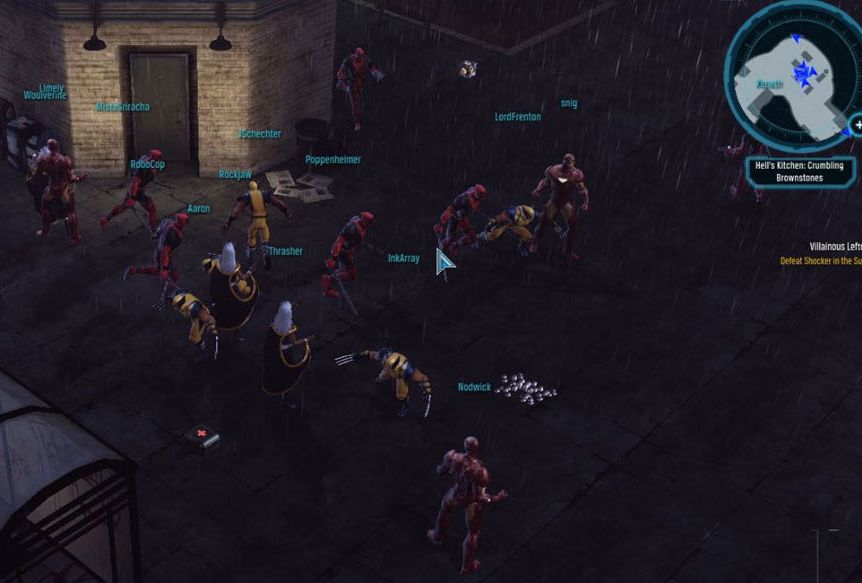
Marvel Heroes was free-to-play and let you choose one of its five starter characters gratis. Though other heroes dropped as loot, they were so rare they make Genshin Impact's five-star character rate seem generous. To get the hero you actually wanted you had to pay money, and premium characters—aka all the popular ones—cost $20. Alternate costumes that would prevent your Iron Man from looking like every other Iron Man sometimes cost just as much.
Worse, you couldn't try new heroes before you bought them, and after handing over your cash you might find you'd paid for a hero with one of the duller powersets. Those were a consequence of trying to design a new class for all 21 of its superheroes from across the Marvel Universe.
It couldn't have been easy. Imagine having to balance the Punisher, a guy whose power is that he has a lot of guns, with the actual god of thunder.
In 2014, Marvel Heroes was relaunched. Confusingly, this was called Marvel Heroes 2015. Among the changes were being able to play every hero for free up to level 10, a starting roster of 11 free choices instead of five, cheaper microtransactions, and new loot called Eternity Splinters that could be spent to unlock specific characters rather than having to rely on random drops for them. Abilities were revamped and players were given back all their skill points to spend again. There were also new areas, difficulty modes—it was a lot. At MMORPG.com, it won the "Most Improved" category of the player's choice awards.
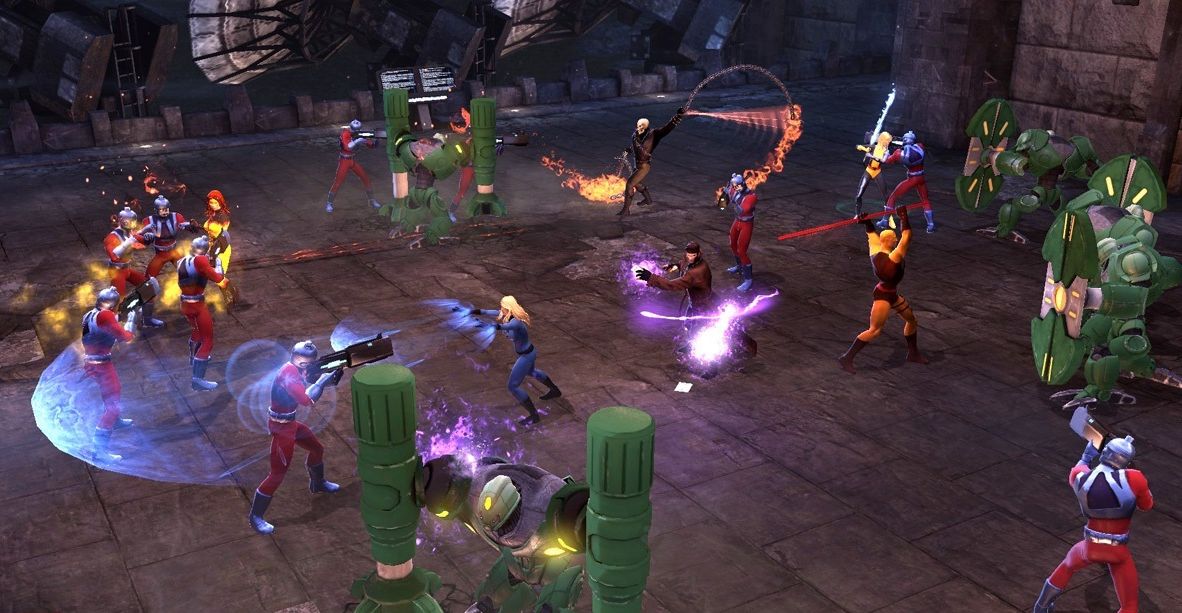
And it certainly was improved. Trying heroes before you bought them didn't just take the risk out of purchases, it made it easy to pick up a basic understanding of a variety of powersets. Before that you'd be locked in the tunnel vision that came when you were stuck with the one hero—plinking away with Hawkeye's arrows and being baffled by the various swirling vortexes of magic a Scarlet Witch on your team might create, not quite sure if you were in the right spot to receive a buff or just getting in the way.
I played a lot of Marvel Heroes and was maining Storm after the relaunch. After trying other heroes and seeing how common area-of-effect attacks were, I started using her Typhoon ability more often, drawing enemies in and pinning them into a small space. Other players would intuitively pick up on the opportunity, and suddenly Spider-Man would swing through with Web Wrecking Ball, a spin attack where he'd whirl around with two big balls of web at the end of his outstretched arms.
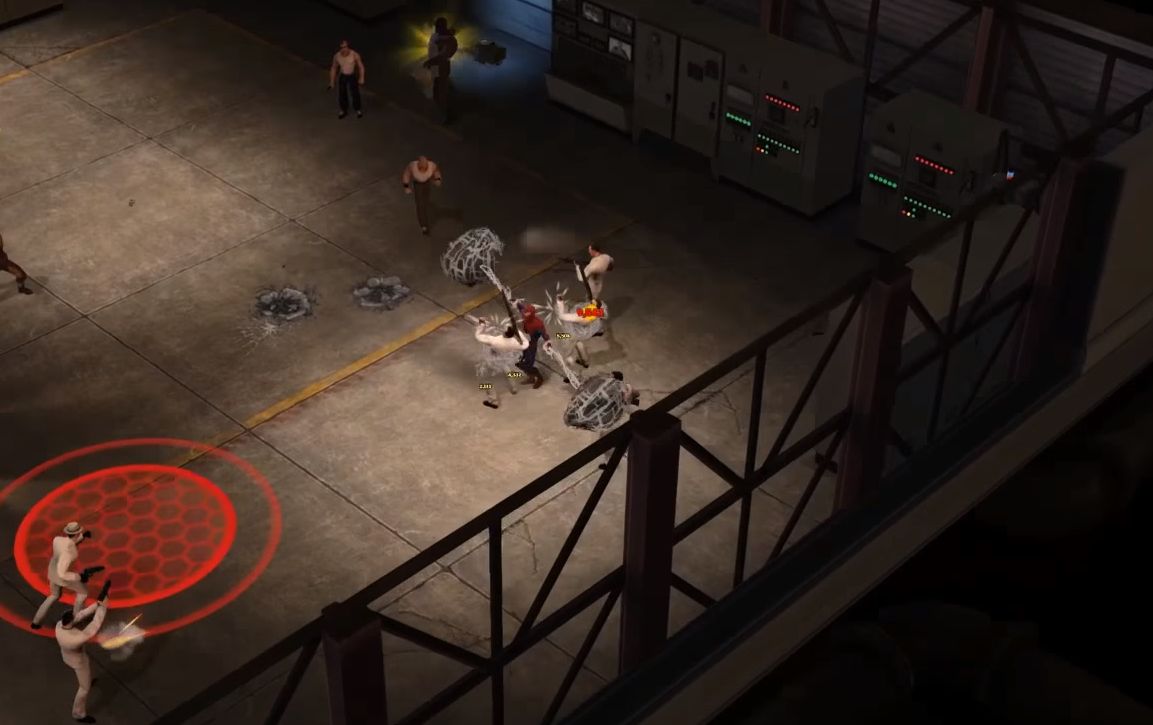
It felt like the kind of teamwork you'd get in the comics—like pulling off the "fastball special" where Colossus would pick up Wolverine and chuck him at a gang of very bad dudes who were about to have a very bad time.
The Web Wrecking Ball looked goofy of course, but again it was exactly the kind of thing you'd see in the comics. Other heroes had powers just as gleefully ridiculous, like Rocket Raccoon's ability to make Groot appear and ride around on his shoulders, Deadpool slowing enemies with "server lag", or basically everything Squirrel Girl did—like summoning an army of squirrels, then getting an increasing bonus to her Squirrel Swipe melee attack the more of them she had. When powers were triggering left and right and destructible scenery smashing to bits, it felt like you want a superhero rampage to feel.
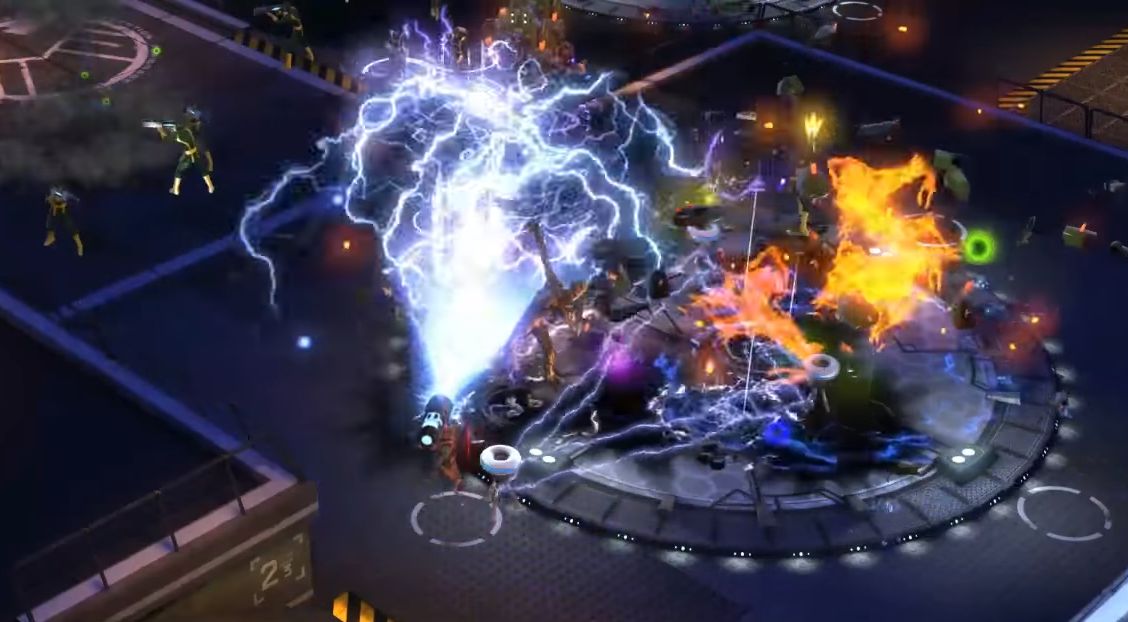
The endgame of Marvel Heroes was significantly improved after launch as well, adding raids—it was arguably the first action-RPG to have them, depending how you feel about calling Borderlands an action-RPG—as well as PvP, prestige ranks, and Asgard as a high-level zone. That's where you'd find Bovineheim, a tribute to the secret cow level complete with skrull cattle and a boss named All-Father Brevik.
At its release Marvel Heroes had a Metacritic average of 58, which the reboot managed to lift to 81. After hovering between 2,000 and 5,000 players for a year, the population peak jumped up to 7,500 and then, with a timely tie-in to Age of Ultron, just over 8,700.
In 2017, Gazillion released a console port of Marvel Heroes, which had been relaunched again as Marvel Heroes Omega by that point. The port underperformed, and various promised updates to the PC version including a Thor: Ragnarok tie-in failed to appear with no word from the company. Massively OP reported on Gazillion's silence, and also that CEO David Dohrmann, who had replaced Brevik a year before, had been "publicly accused by former colleagues of alleged inappropriate conduct toward female employees."
In October, Disney withdrew the Marvel licence and it was announced that Marvel Heroes would be shut down at the end of the year. Gazillion's staff were abruptly fired without severance or payment for accrued time off, and the game went offline earlier than expected on November 27.
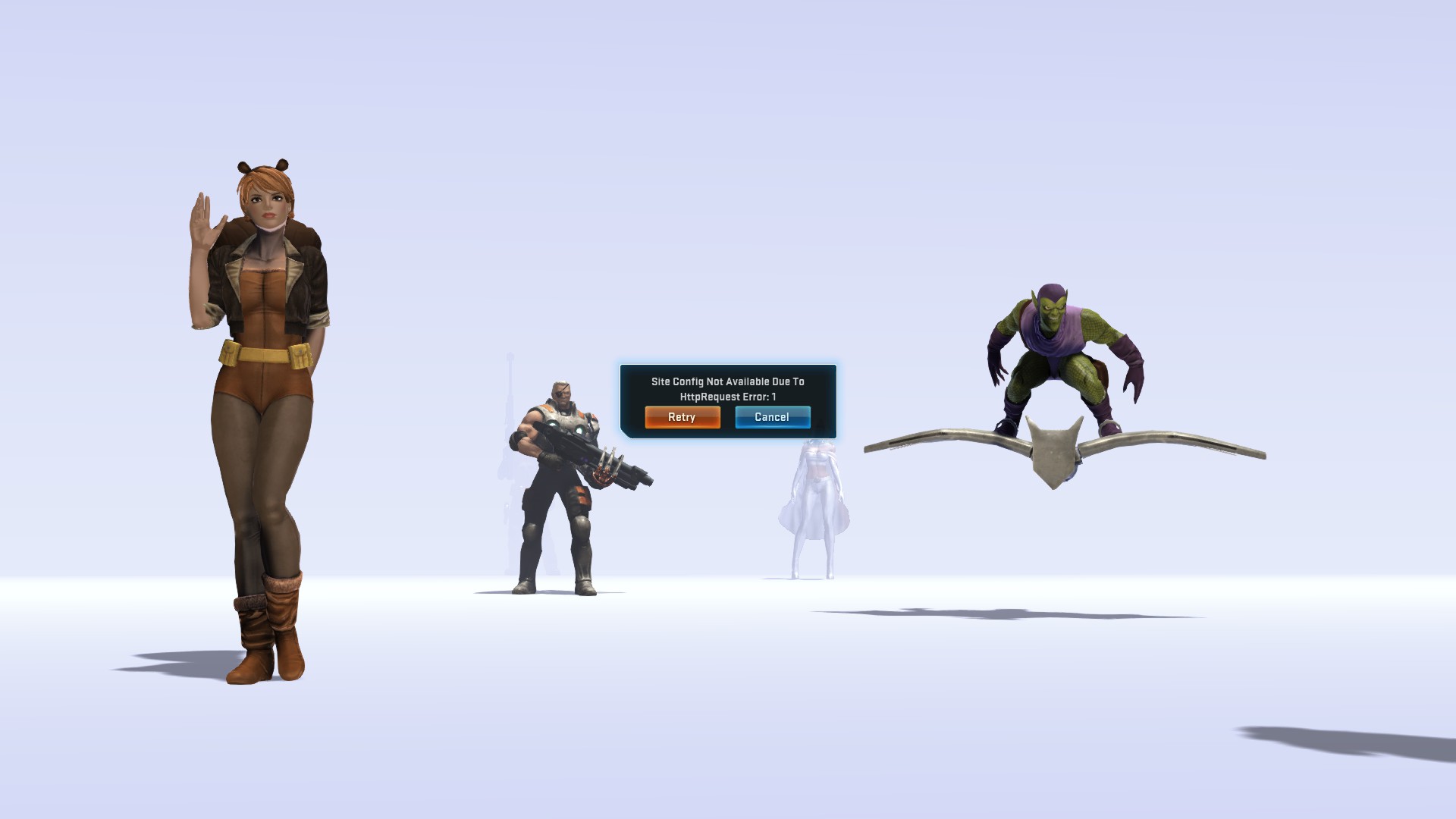
It was a rough time in the game industry. That same month Telltale Games laid off a quarter of its staff, a sign of the trouble that would eventually end the studio, and Runic Games—founded by Blizzard North's other co-creators—closed down.
Under better circumstances, Marvel Heroes could have been something. Unlike Marvel's Avengers, it didn't seem like a singleplayer game that had been sabotaged by the live-service multiplayer model, but instead was clearly built from step one for the sake of being multiplayer. At its best, when teams of superheroes would spontaneously work together to beat up AIM agents in the streets of New York or dinosaurs in the jungle of the Savage Land, Marvel Heroes was a knockabout party of destruction that looked like Ultimate Alliance and played like Diablo. It deserved better, and so did the developers who worked on it.

Post a Comment